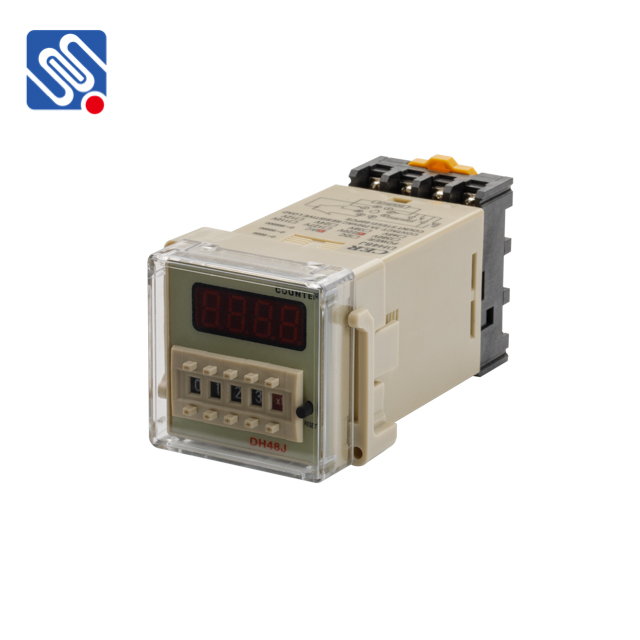understanding relay voltage: the key to efficient circuit switching
Release time:2025-05-24 22:22:21
Relays are essential components used in electrical systems to control circuits by opening or closing contacts in response to an electrical signal. A relay’s voltage rating is crucial in ensuring the proper functioning of electrical devices. Relay voltage is a fundamental aspect of relay operation, as it determines how a relay can interact with various electrical systems. In this article, we will explore what relay voltage is, how it works, and why it is important in electrical applications.

What is Relay Voltage?
Relay voltage refers to the voltage required to activate or operate a relay. It is the voltage applied to the coil of the relay to generate the magnetic field that causes the switch to change states—either opening or closing the contact points. When the coil is energized, it creates a magnetic field that attracts a movable armature, causing it to either connect or disconnect the circuit. The voltage at which this occurs is typically specified by the manufacturer and is an essential factor in choosing the right relay for a given application.
Relays come in various types, each designed to handle different voltage levels. Common voltage ratings for relays include 5V, 12V, 24V, and 48V DC (direct current) or 110V and 220V AC (alternating current). These ratings define the electrical potential needed to activate the relay, and understanding them is crucial for selecting the correct relay for a given task.

